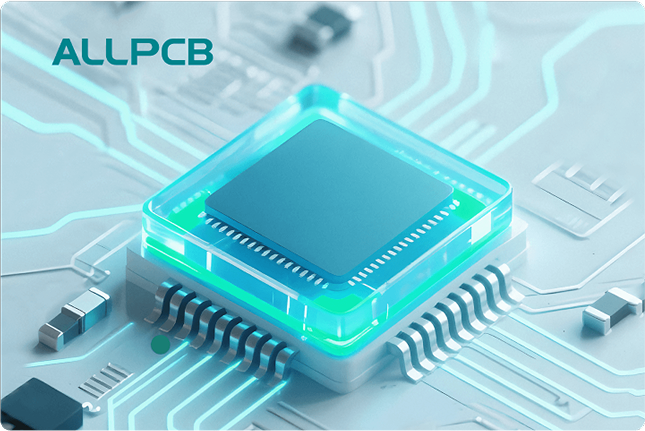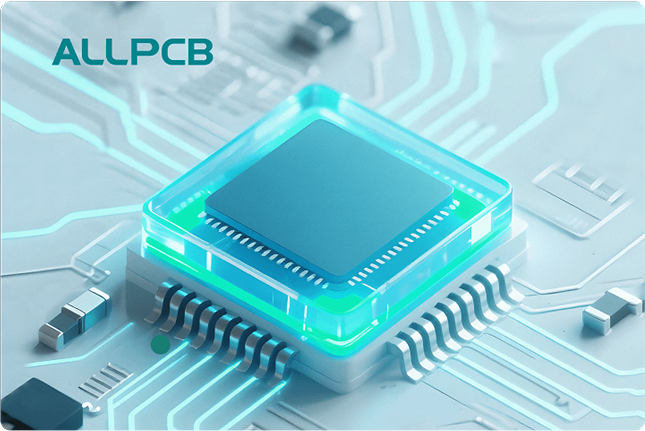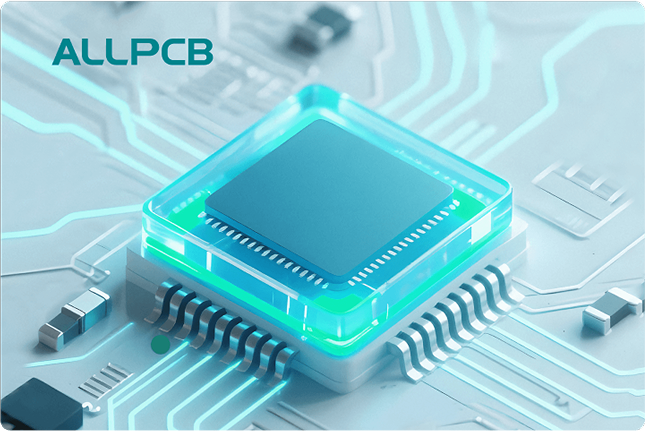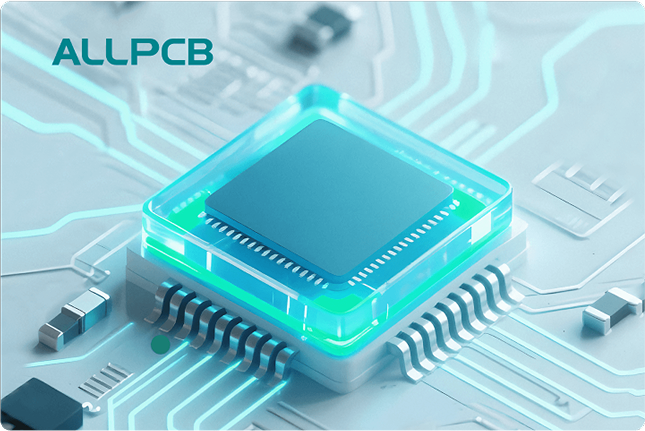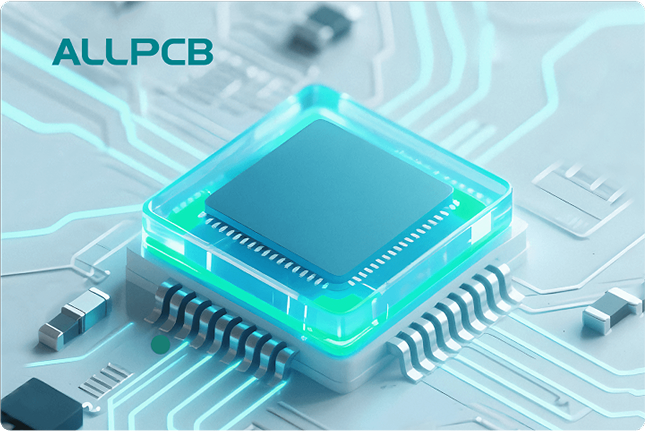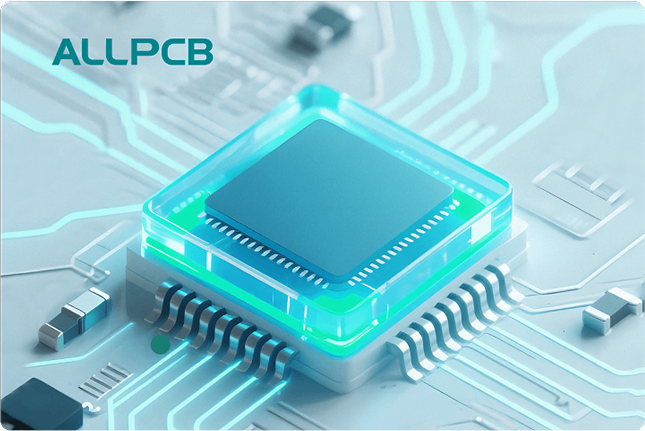Choosing the right motor for your robotics project is critical to achieving optimal performance. Whether you're building a robotic arm, a mobile robot, or a precision-driven automation system, understanding how to match torque, speed, and precision requirements with the right motor can make or break your design. In this comprehensive robotics motor guide, we’ll walk you through the essentials of robotics motor selection, helping you balance torque speed robotics needs and precision robotics motor demands. Let’s dive into the details to ensure your robot operates efficiently and reliably.
Why Motor Selection Matters in Robotics
In robotics, motors are the heart of motion. They determine how fast your robot moves, how much weight it can carry, and how accurately it performs tasks. A mismatch between your motor and your project’s requirements can lead to inefficiencies, overheating, or even complete failure. For instance, a motor with insufficient torque might struggle to lift a load, while one with excessive speed could compromise precision. By focusing on robotics motor selection, you ensure that your system meets its goals without wasting energy or resources.
Key Factors in Robotics Motor Selection
Before diving into specific motor types, it’s important to understand the core factors that influence your choice. These include torque, speed, and precision, along with other considerations like power consumption and environmental conditions. Let’s break down each element to guide your decision-making process.
1. Torque: The Power to Move
Torque is the rotational force a motor produces, often measured in Newton-meters (Nm) or kilogram-centimeters (kg-cm). It determines how much load your robot can handle. For example, a robotic arm lifting a 5 kg object at a distance of 0.2 meters from the joint requires a torque of at least 1 Nm (5 kg * 0.2 m * 9.8 m/s2). If the motor’s torque rating falls below this, the arm will stall or fail to lift the load.
When calculating torque for torque speed robotics applications, consider both static and dynamic torque. Static torque is the force needed to hold a load in place, while dynamic torque accounts for the additional force required during acceleration or when overcoming inertia. Always add a safety margin of 20-30% to your calculated torque to handle unexpected loads or inefficiencies.
2. Speed: How Fast Your Robot Moves
Speed, measured in revolutions per minute (RPM), dictates how quickly your robot can perform tasks. High-speed motors are ideal for applications like wheeled robots that need to cover ground quickly. However, speed often comes at the expense of torque. For instance, a motor running at 3000 RPM might deliver only 0.1 Nm of torque, which could be insufficient for heavy-duty tasks.
In robotics motor selection, you’ll often need to balance speed and torque. Gearboxes can help by reducing speed to increase torque, or vice versa, depending on your needs. For a mobile robot targeting a speed of 1 m/s with wheels of 0.1 m diameter, the motor should achieve around 191 RPM (1 m/s ÷ (0.1 m * π) * 60). Ensure the motor’s rated speed aligns with your target after accounting for gear reductions.
3. Precision: Accuracy in Motion
Precision is critical for tasks requiring exact positioning, such as in CNC machines or robotic arms assembling small components. A precision robotics motor often pairs with feedback systems like encoders to monitor and adjust position in real-time. Without precision, a motor might overshoot or undershoot its target, leading to errors. For example, a stepper motor can achieve positioning accuracy within 0.9 degrees per step, making it suitable for applications needing fine control.
Consider the resolution of your motor’s feedback system. A higher resolution encoder (e.g., 1000 pulses per revolution) provides finer control than a lower resolution one (e.g., 100 pulses per revolution). Match the precision level to your application to avoid over-engineering or underperforming.
4. Other Considerations
Beyond torque, speed, and precision, factor in power consumption, size, weight, and operating environment. A motor consuming 50W of power might drain a small battery quickly, limiting runtime. Similarly, a bulky motor might not fit in a compact robot design. If your robot operates in harsh conditions, such as high humidity or dust, select a motor with appropriate IP (Ingress Protection) ratings, like IP65 for dust and water resistance.
Types of Motors for Robotics: A Robotics Motor Comparison
Different motors suit different robotics applications. Below, we compare common motor types to help you choose the best one for your project. This robotics motor comparison focuses on their strengths and weaknesses in terms of torque, speed, and precision.
1. DC Motors
DC motors are simple, affordable, and widely used in robotics. They offer decent torque and speed but often lack built-in precision. To improve control, pair them with encoders or gearboxes. For example, a 12V DC motor might deliver 0.5 Nm of torque at 100 RPM, suitable for small mobile robots. However, their efficiency drops at high loads, and they may overheat without proper cooling.
- Best for: Budget-friendly projects, basic motion.
- Limitations: Limited precision without feedback systems.
2. Stepper Motors
Stepper motors excel in precision robotics motor applications due to their ability to move in discrete steps. They’re ideal for tasks like 3D printing or CNC routing, where exact positioning matters. A typical stepper motor might have a step angle of 1.8 degrees, allowing 200 steps per revolution. However, they lose torque at higher speeds, often maxing out at 100-200 RPM under load.
- Best for: Precise positioning, low-speed tasks.
- Limitations: Reduced torque at high speeds.
3. Servo Motors
Servo motors combine torque, speed, and precision, making them a popular choice for robotic arms and drones. They use built-in feedback systems to maintain position, offering accuracy within 0.05 degrees in high-end models. A servo motor rated for 2 Nm at 60 RPM can handle moderate loads with excellent control. However, they’re often more expensive and complex to integrate.
- Best for: Applications needing high precision and moderate torque.
- Limitations: Higher cost, complex control systems.
4. Brushless DC Motors (BLDC)
Brushless DC motors offer high efficiency, durability, and a good balance of torque and speed. They’re commonly used in drones and electric vehicles due to their power-to-weight ratio. A BLDC motor might provide 1 Nm of torque at 5000 RPM, far surpassing brushed DC motors. They require electronic speed controllers (ESCs) for operation, adding to the setup complexity.
- Best for: High-speed, high-efficiency applications.
- Limitations: Requires additional control hardware.
Step-by-Step Robotics Motor Guide for Selection
Now that you understand the factors and motor types, follow this practical guide to make an informed choice for your robotics project.
Step 1: Define Your Requirements
Start by listing your robot’s needs. What load will it carry? How fast must it move? What level of precision is required? For a mobile robot carrying 10 kg on a flat surface, estimate the torque needed based on friction and wheel diameter. Use formulas or online calculators to determine baseline values.
Step 2: Calculate Torque and Speed
Use basic physics to estimate torque and speed. Torque (T) = Force (F) * Distance (d). For speed, convert linear velocity to RPM based on wheel or gear size. Add a safety margin to account for real-world inefficiencies like friction or voltage drops. For instance, if calculations suggest 0.8 Nm of torque, aim for a motor rated at 1 Nm or higher.
Step 3: Match Motor Type to Application
Based on your calculations, pick a motor type. Need high precision for a robotic arm? Go with a servo or stepper motor. Building a fast-moving drone? A BLDC motor is likely the best fit. Cross-check the motor’s specifications against your requirements to ensure compatibility.
Step 4: Consider Gearboxes and Feedback Systems
If your motor’s native torque or speed doesn’t match your needs, use gearboxes to adjust the output. A 10:1 gear ratio reduces speed by a factor of 10 while increasing torque by the same factor. For precision, add encoders or other feedback mechanisms to monitor and correct motion.
Step 5: Test and Iterate
Once you’ve selected a motor, test it under real conditions. Monitor for overheating, power draw, and performance gaps. If the motor struggles to meet demands, revisit your calculations or consider a different model. Testing ensures long-term reliability.
Common Challenges in Robotics Motor Selection
Even with a solid plan, challenges can arise during motor selection. Here are a few common issues and how to address them.
- Overheating: Motors running near their maximum capacity can overheat. Ensure proper ventilation or add heat sinks. Choose a motor with a higher power rating if needed.
- Power Supply Mismatch: A motor rated for 24V won’t perform well on a 12V supply. Match the voltage and current ratings to your power source.
- Size Constraints: A powerful motor might not fit in a compact design. Look for high-torque, small-form-factor motors if space is limited.
Final Tips for Optimizing Motor Performance in Robotics
To wrap up this robotics motor guide, here are some additional pointers to maximize your motor’s effectiveness:
- Always double-check manufacturer datasheets for torque, speed, and power ratings. Real-world performance may vary from theoretical values.
- Use motor controllers to fine-tune speed and torque output, especially for DC and BLDC motors.
- Regularly maintain motors by cleaning and lubricating moving parts to prevent wear and tear.
- Simulate your robot’s performance using software tools before finalizing hardware choices. This can save time and resources.
Conclusion: Building Better Robots with the Right Motor
Selecting the right motor for your robotics project is a blend of science and strategy. By carefully analyzing torque speed robotics requirements, prioritizing precision robotics motor needs, and following a structured robotics motor selection process, you can build a robot that performs reliably and efficiently. Whether you’re a hobbyist or a professional engineer, this guide equips you with the knowledge to make informed decisions. Take the time to calculate, compare, and test, and you’ll be on your way to creating cutting-edge robotic systems.
With the right motor, your robot can achieve its full potential, delivering the speed, strength, and accuracy your project demands. Keep experimenting, keep learning, and let your innovation drive the future of robotics.
 ALLPCB
ALLPCB


